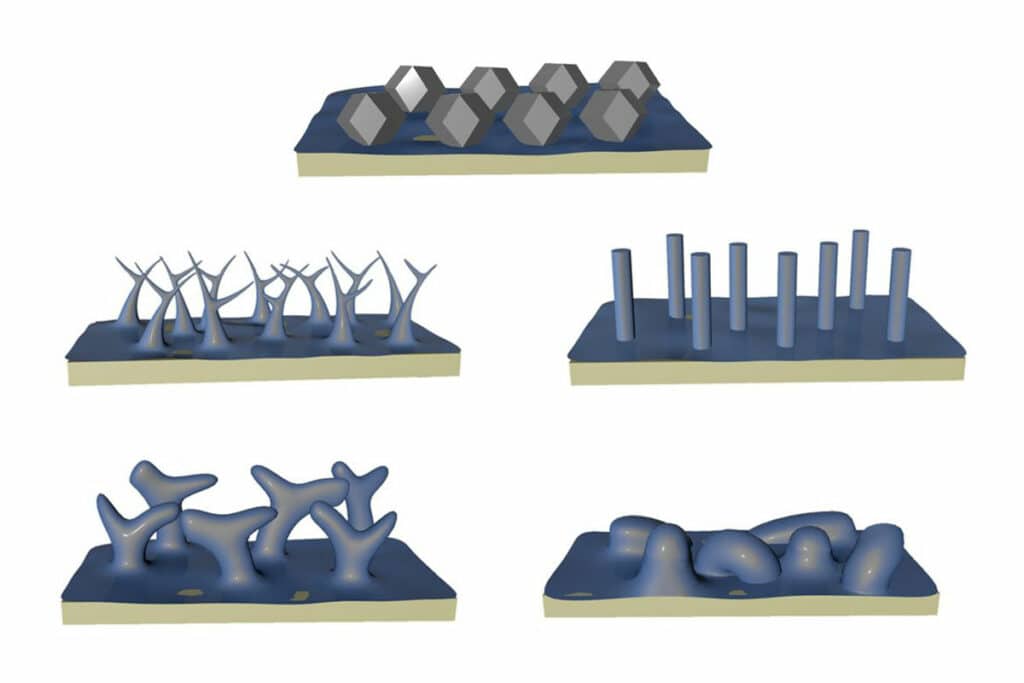Lithium-ion batteries have become an indispensable part of our daily lives, powering everything from our smartphones to electric vehicles. They are also used in energy storage applications for solar and wind energy. These batteries are lightweight, long-lasting, and can hold a charge for a significant amount of time.
Lithium-ion batteries descend from the lithium-metal battery, but the latter has not been adopted as widely due to the risks associated with it. Although lithium-metal batteries can hold twice the energy of lithium-ion batteries, they also have a higher risk of catching fire or exploding. Additionally, they can degrade over time, which can lead to reduced capacity and performance.
A study by a research team at the University of California Los Angeles (UCLA) reveals a fundamental discovery that could lead to safer lithium-metal batteries that outperform today’s lithium-ion batteries.
Metallic lithium reacts so easily with chemicals that, under normal conditions, corrosion forms almost immediately when the metal is laid down on a surface such as an electrode.
But UCLA researchers developed a technique to deposit lithium metal onto a surface while avoiding a layer of corrosion that usually forms. They ran current through a much smaller electrode to effectively push electricity out faster – much like the way that partially blocking the nozzle of a garden hose causes water to shoot out more forcefully.
The technique was used to lay down lithium metal on surfaces using four different electrolytes, and the shape of lithium was analyzed using an imaging technique called cryo-electron microscopy (cryo-EM). The results between a standard technique and their new method were compared.

The team found that instead of the ‘chunky’ or ‘column-like’ shapes the lithium metal structure would usually take, they saw a singular polyhedron that matches theoretical predictions based on the metal’s crystal structure. The team describes it as the rhombic dodecahedron, a 12-sided figure similar to the dice used in role-playing games like Dungeons and Dragons.
Scientists have found that the singular polyhedron is the true shape of lithium as long as there is no corrosion present.
The revelation of the true shape suggests that the explosion risk for lithium-metal batteries can be abated because the atoms accumulate in an orderly form instead of one that can crisscross. This discovery could have major implications for high-performance energy technology.
“Scientists and engineers have produced over two decades’ worth of research into synthesizing metals including gold, platinum, and silver into shapes such as nanocubes, nanospheres, and nanorods,” said Yuzhang Li, the study’s corresponding author, in the press release. “Now that we know the shape of lithium, the question is, Can we tune it so that it forms cubes, which can be packed in densely to increase both the safety and performance of batteries?”
Researchers said the new technique for depositing lithium still requires further work to optimize it.
Journal reference:
Xintong Yuan, Bo Liu, Matthew Mecklenburg, and Yuzhang Li. Ultrafast deposition of faceted lithium polyhedra by outpacing SEI formation. Nature, 2023; DOI: 10.1038/s41586-023-06235-w
>>> Read full article>>>
Copyright for syndicated content belongs to the linked Source : Tech Explorist – https://www.techexplorist.com/ucla-research-reveals-true-shape-lithium/66175/































